7 myths about the Vikings that are (almost) totally false
All that you've heard about the Vikings may not be true.
Misconceptions abound about Vikings. They are often depicted as bloodthirsty, unwashed warriors with winged helmets. But that's a poor picture based largely on Viking portrayals in the 19th century, when they featured in European art either as romantic heroes or exotic savages. The real Vikings, however, were not just the stuff of legend — and they didn't have wings or horns on their helmets. Here, we debunk seven myths about the Vikings.
Related: Hårby Valkyrie: A 1,200-year-old gold Viking Age woman sporting a sword, shield and ponytail
The Vikings wore helmets with wings and horns.
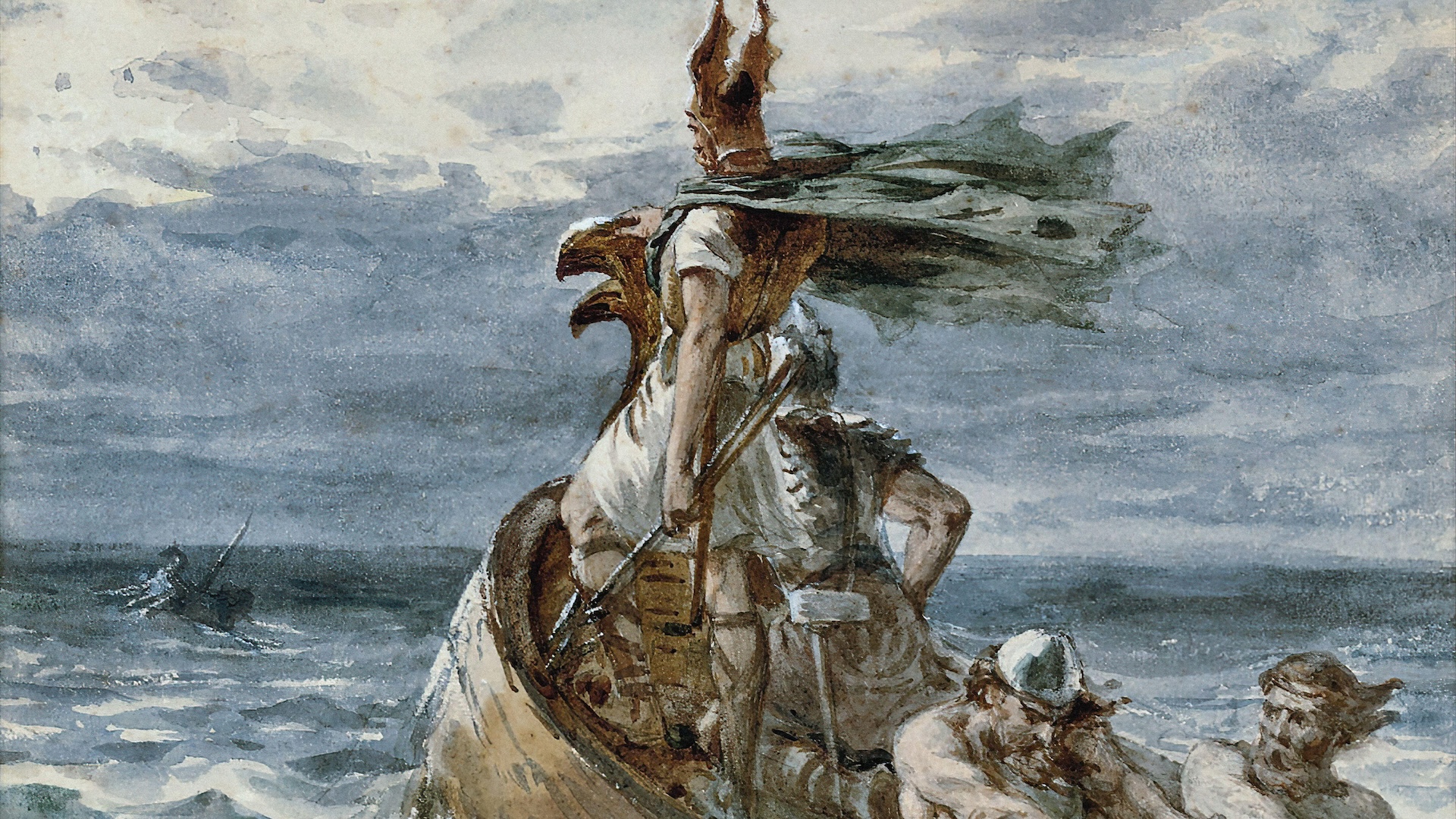
This idea can be traced to the 19th-century German artist Carl Emil Doepler, who portrayed Germanic gods like Wotan (Odin) wearing winged helmets in his costumes for Richard Wagner's "Ring cycle" of four epic operas, called "Der Ring des Nibelungen" ("The Ring of the Nibelung") in German. Wagner drew on Germanic mythology, but the idea stuck that the related Norse, some of whom were Vikings, also wore helmets with wings. The notion that Viking helmets had horns originated in 19th-century paintings, and it was repeated in Hollywood movies. The myth also may have been inspired by ceremonial helmets with horns found in Denmark in 1942, but those date to about 900 B.C. — over a thousand years before the Vikings.
The Vikings executed enemies with the "blood eagle."
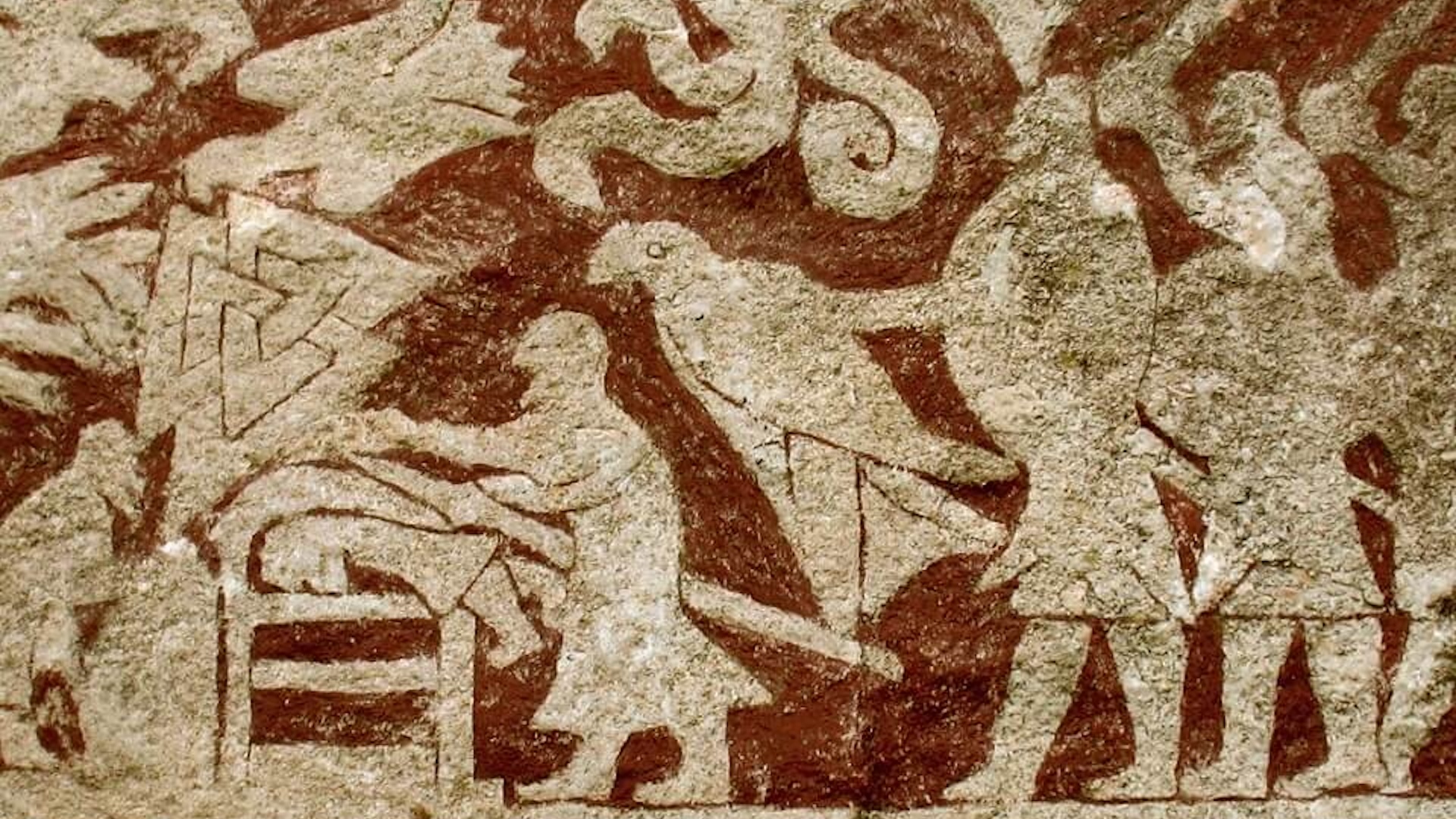
"Blood eagle" execution is described in medieval Scandinavian texts, but it may have just been a gruesome idea, rather than a real practice. According to some Norse sagas, some Viking kings executed their enemies by cutting their ribs from their spine and pulling their lungs out the back to resemble wings; and the sagas give what seemed to be two separate examples of this "blood eagle" punishment. But experts think the sagas may have been exaggerated for dramatic effect, and there is no archaeological evidence to support the notion that this ever happened. Its inclusion in 19th stories about Vikings and in some modern television shows, however, has cemented the idea.
The Vikings were only raiders.

It is undeniable that many Vikings were raiders. But not all of them were, and they were also keen traders and intrepid explorers. Artifacts like Arabic silver coins show that Viking trade networks stretched from Byzantium to the British Isles, and the settlement at L'Anse aux Meadows in Newfoundland, Canada, shows that Vikings reached parts of the Americas from Europe as early as A.D. 1000, almost 500 years before Christopher Columbus did. The Vikings were famous for their trade in furs, walrus ivory and amber, and some modern historians suggest the economic and cultural reasons for the Viking expansion were as important as raiding and taking slaves.
The Vikings were extraordinarily violent.
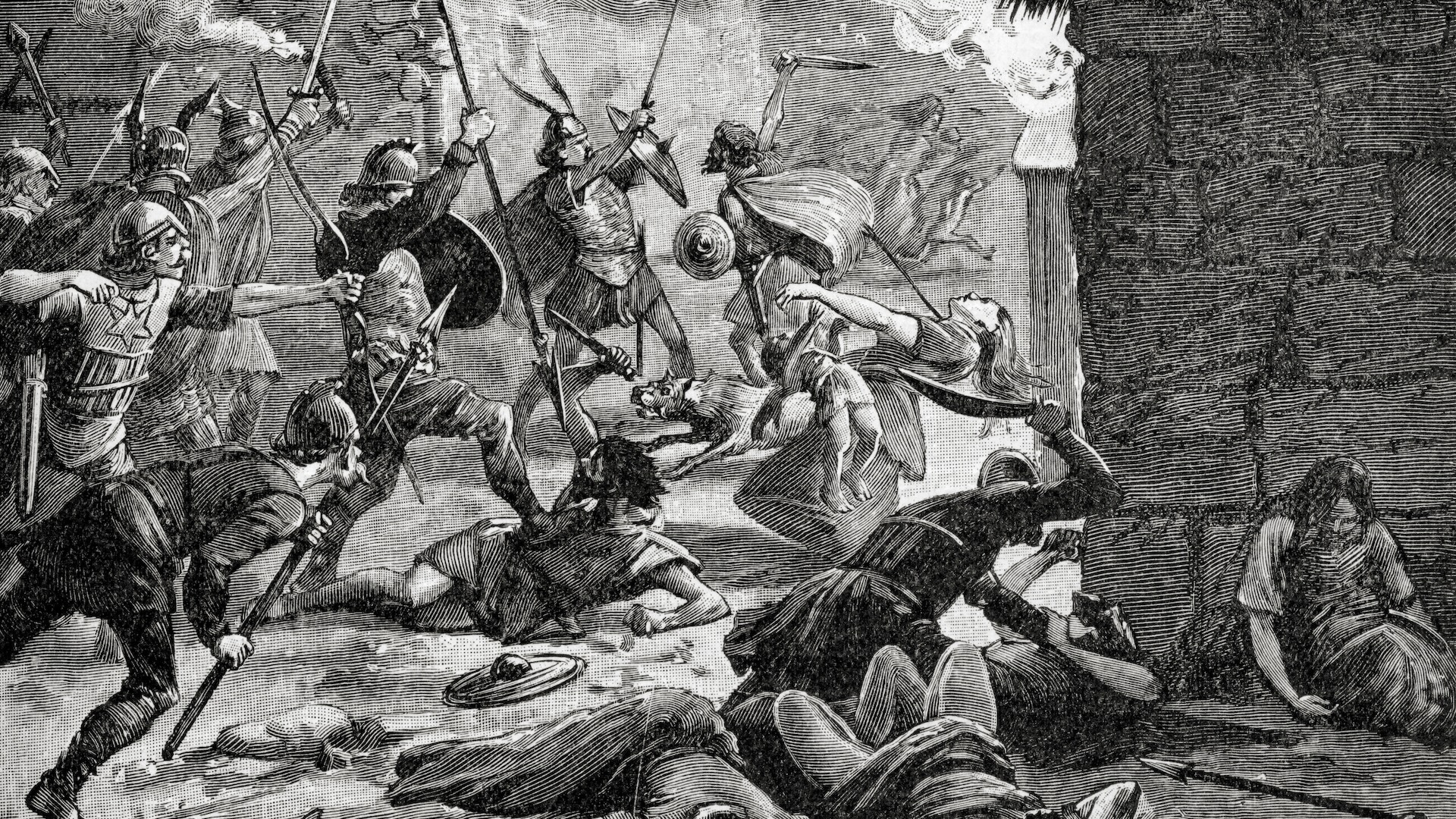
It is also undeniable that the Vikings were sometimes violent — OK, often. But they lived in a violent age when many societies were equally violent, and there is no evidence that the Vikings were more violent than anybody else at the time. Famous incursions, like the raid on the British island of Lindisfarne in A.D. 793, assured the Vikings of violent notoriety. But brutal wars and massacres were standard throughout early medieval Europe, and the notion that the Vikings were exceptionally more violent than everyone else seems to have been a Victorian invention.
All Vikings were blond.
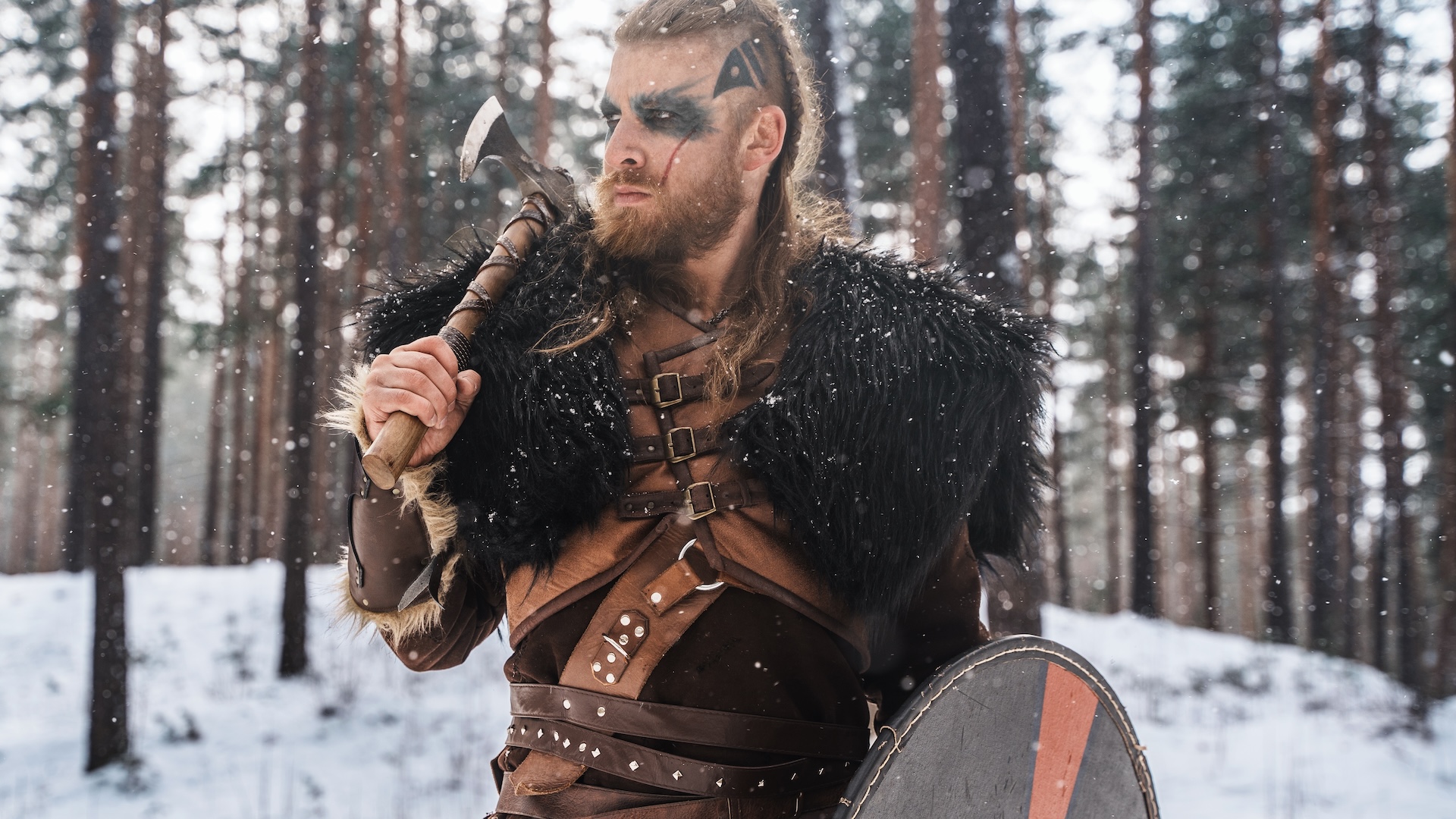
The idea that all Vikings looked "Nordic" — that is, tall, blond and blue-eyed — may have originated in the racial theories of 19th-century Europe, but the Vikings were a cultural group rather than an ethnic one. Recent DNA studies of Vikings have revealed an admixture of Scandinavians with Southern Europeans, Slavs and even some Saami (or Lapps, a semi-nomadic people from the very north of Scandanvia who traditionally herded reindeer.) Vikings often traveled far afield, to places like Byzantium and the Islamic world, and it is likely that some Vikings had ancestry from those regions. As well, DNA evidence from the graves of Viking warriors indicates some had dark hair and varied features, rather than sharing a racial uniformity.
Get the world’s most fascinating discoveries delivered straight to your inbox.
The Vikings were unhygienic.

The popular image of a Viking is of an unwashed (and smelly) warrior, but the Vikings were actually quite clean for their time. Artifacts from Viking graves show that grooming was a priority, with combs, tweezers and ear spoons for removing wax; while the fragments of Viking bowls indicate soap was often used. Bathing was uncommon at this time, so this Viking custom stood out. The Arab explorer Ahmad ibn Fadlan noted in A.D. 921 that the Vikings in the medieval eastern Slavic region of Rus washed every day — a practice he viewed as odd.
The Vikings were "tamed" by Christianity.
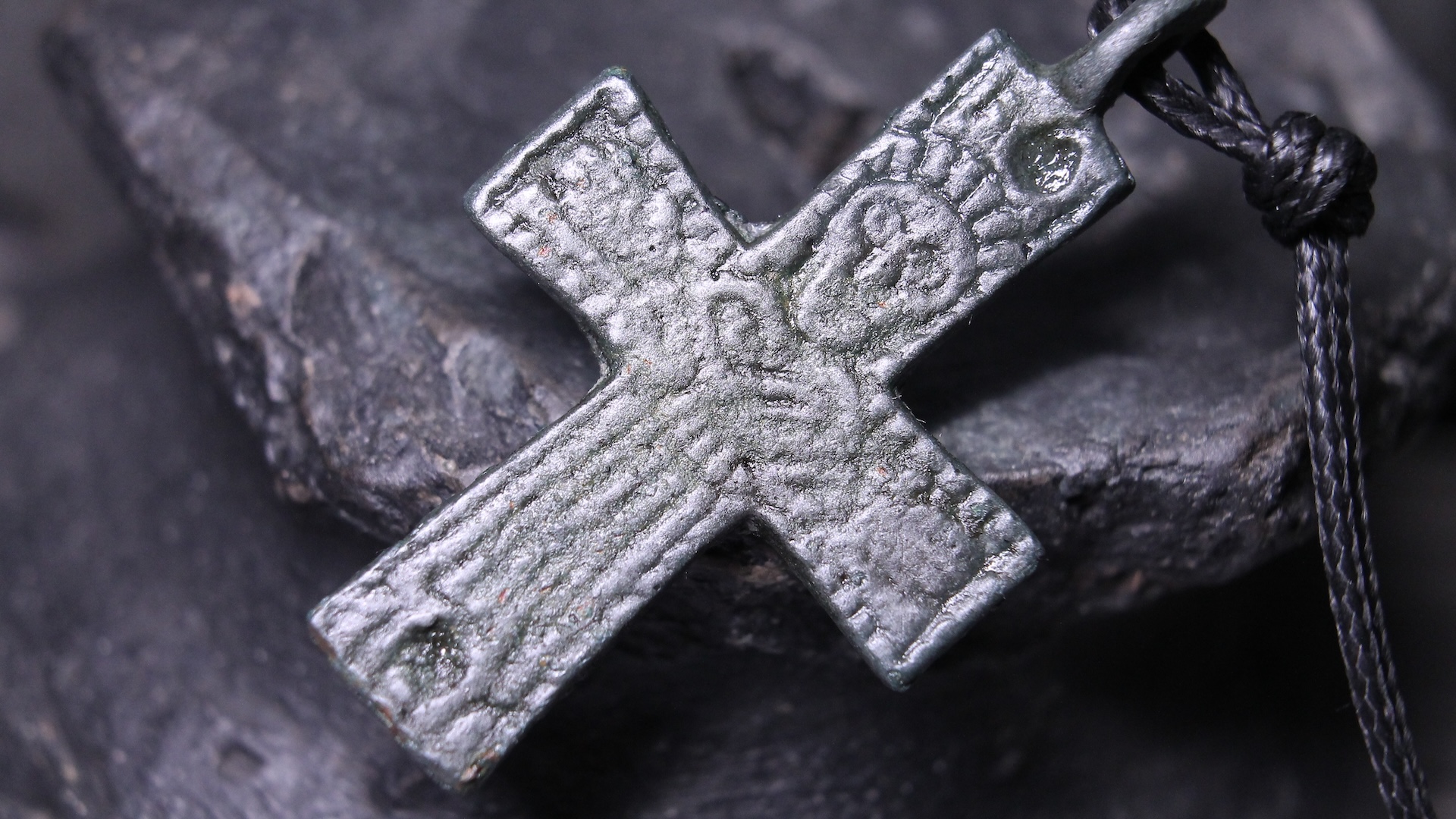
It has sometimes been suggested that the spread of Christianity throughout the Viking world, which supplanted the worship of their Norse gods, eventually made the Vikings less prone to violence — but the idea may just be Christian propaganda. Indeed, the Vikings started out as pagans roughly in the eighth century, and by the 10th century, Harald Bluetooth bragged that he had converted Denmark to Christianity. But the Vikings seem to have been brutal throughout their history, and there is no evidence that Viking violence subsided after their adoption of Christianity; evidence from mass graves indicates that Vikings with Christian beliefs also massacred large numbers of people.
Tom Metcalfe is a freelance journalist and regular Live Science contributor who is based in London in the United Kingdom. Tom writes mainly about science, space, archaeology, the Earth and the oceans. He has also written for the BBC, NBC News, National Geographic, Scientific American, Air & Space, and many others.
You must confirm your public display name before commenting
Please logout and then login again, you will then be prompted to enter your display name.


